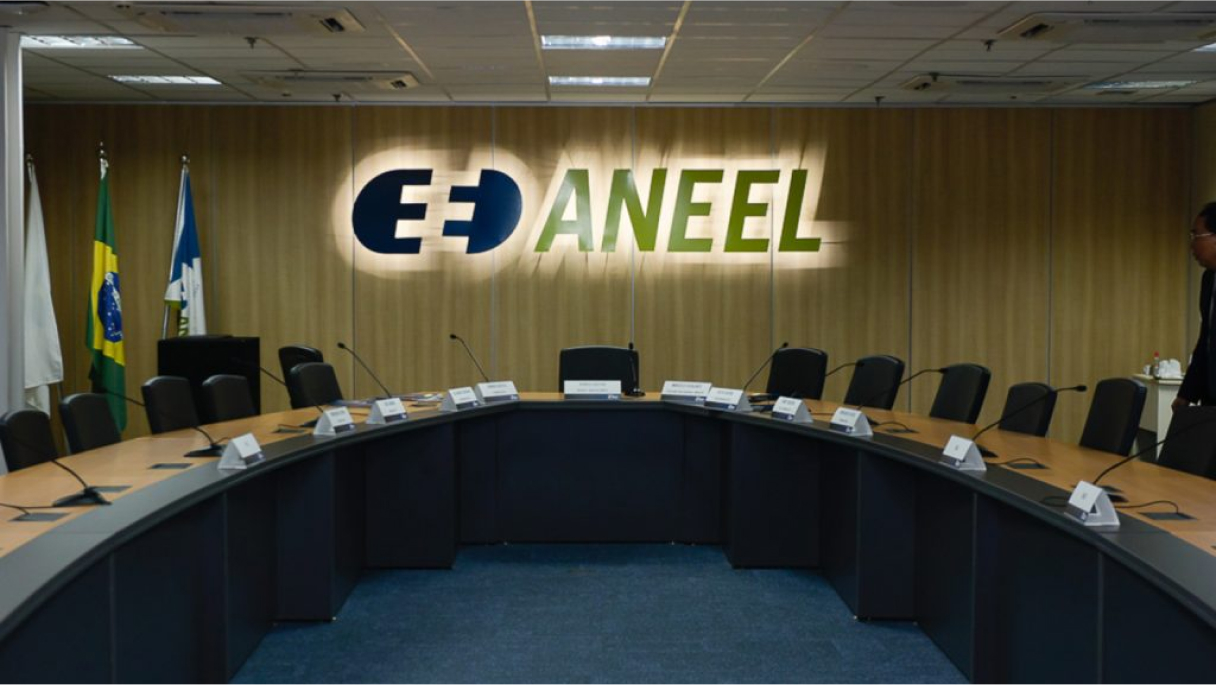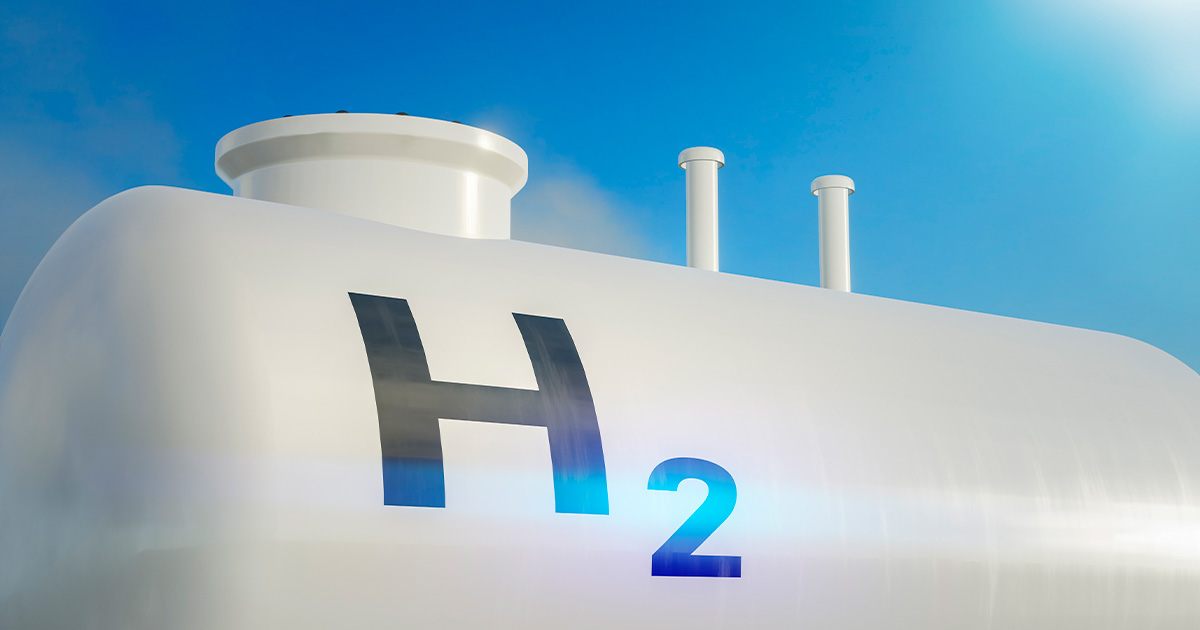ANEEL Resolution No. 1,000/2021, published on December 7, 2021, took effect on January 3, 2022. One of the primary achievements of this regulatory milestone was to consolidate various regulatory provisions concerning the rules for the provision of electricity distribution services. In other words, what was previously addressed in 64 resolutions from different periods and with diverse content is now encompassed within a single regulatory document: Resolution No. 1,000/2021.
Divided into 15 chapters, the general part of the resolution covers fundamental concepts related to energy consumption and distribution, such as the definition and differentiation of special, free, potentially free consumers and the “regular” consumer (an individual or legal entity requesting energy distribution service and assuming the associated obligations).
Continuing, the first section of Resolution No. 1,000/2021 sets forth general provisions on connection to distribution systems, various deadlines to be met by distribution companies, mandatory terms in adhesion contracts provided to consumers, categories, and general aspects of tariffs and tariff benefits, methods and responsibilities for energy metering for billing, information required on electricity bills, among other provisions.
Among the more than four hundred articles in the general part, Article 346 of Resolution No. 1,000/2021 stands out. It states that the provision of a new connection, change of ownership, reconnection to the network, or load increase cannot be denied or conditioned on the payment of debts unauthorized by the applicant or held by third parties. This means that, as previously established in Resolution No. 479/2012, which was expressly revoked by Resolution No. 1,000/2021, and in line with court rulings, the obligation stemming from the use of the electrical grid is not propter rem, and therefore, any debts remain the responsibility of the original contractor.
Among the few provisions in Resolution No. 1,000/2021 regarding distributed micro and mini-generation, Article 31 deserves mention: generally, the installed capacity of distributed micro and mini-generation is limited to the capacity available for the consumer unit where the generation will be connected. Any increase in capacity must be requested by the consumer. For multi-unit projects, the necessary capacity for all units will be considered. This provision aligns with Law 14,300/2022, which established the legal framework for distributed micro and mini-generation, particularly regarding the extension of consumer groups under the shared generation model (Law 14,300 expanded the scope to include, beyond consortiums and cooperatives, shared generation for civil or condominium associations).
The special part of Resolution No. 1,000/2021 begins its first chapter on “public lighting,” addressing the form of contracting by municipal entities together with distributors, and it also covers connection works and installations for electric vehicle charging. Regarding this last point, Article 555 prohibits the injection of electric energy into the distribution network from electric vehicles and their participation in the distributed micro and mini-generation energy compensation system.
Throughout the text, Resolution No. 1,000/2021 outlines the responsibilities, duties, and rights of captive consumers (such as regular residential energy consumers). For example, aligning with the period established by the Consumer Protection Code, Article 602 of the resolution introduces a five-year period within which consumers can request compensation from the distributor for damage to equipment due to electrical issues, starting from the likely date of the incident.
To do so, consumers must, at a minimum, provide the distributor with the probable date and time of the damaging event, a description of the problem, general characteristics of the equipment (such as brand and model), preferred contact information, a receipt or other document proving the purchase of the equipment prior to the damaging event, and a commitment affirming that the damage occurred when the equipment was connected to the internal installation of the consumer unit of which they are the owner, among other requirements.
This brief mapping of Resolution No. 1,000/2021 highlights that its provisions will be subject to a “regulatory outcome evaluation (ROE)” after five years of effectiveness. Nonetheless, as one of the pillars of the resolution was to organize and consolidate various regulatory norms that had previously been in different titles and enacted over more than 20 years, it is undoubtedly commendable that ANEEL has acted to regulate where necessary.


